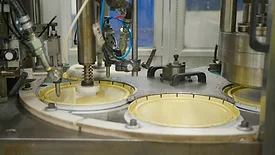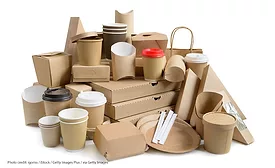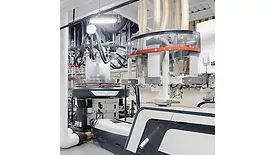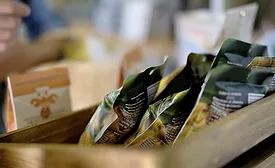Home » Keywords: » sealants in packaging
Items Tagged with 'sealants in packaging'
ARTICLES
Sustainability and Smart Technology Drive Trends in Packaging
Major drivers in the global packaging industry include sustainability, personalization, and smart packaging.
March 25, 2024
The Latest Market and Technology Trends in Solvent-free Lamination Adhesives
Enhanced polyurethane solvent-free laminating adhesive systems facilitate the replacement of solvent-based adhesives, while addressing critical challenges of increasing usability.
October 6, 2023
FEICA Outlines Position on Packaging and Packaging Waste Regulation
When reviewing revisions to EU packaging and packaging waste regulation, innovative packaging that may not be covered by the design for recycling criteria should be allowed to prove recyclability through testing.
September 20, 2023
How Packaging Can Contribute to the Triple Bottom Line
Companies can focus on win-win-win strategies to impact people, profit, and the planet with supply chain strategies that reduce packaging, modify materials, improve processes, and reduce transportation and logistics costs.
December 22, 2022
EVENTS
Keep the info flowing with our newsletters!
Get the latest industry updates tailored your way.
JOIN TODAY!Copyright ©2025. All Rights Reserved BNP Media.
Design, CMS, Hosting & Web Development :: ePublishing






.webp?height=168&t=1702518831&width=275)




